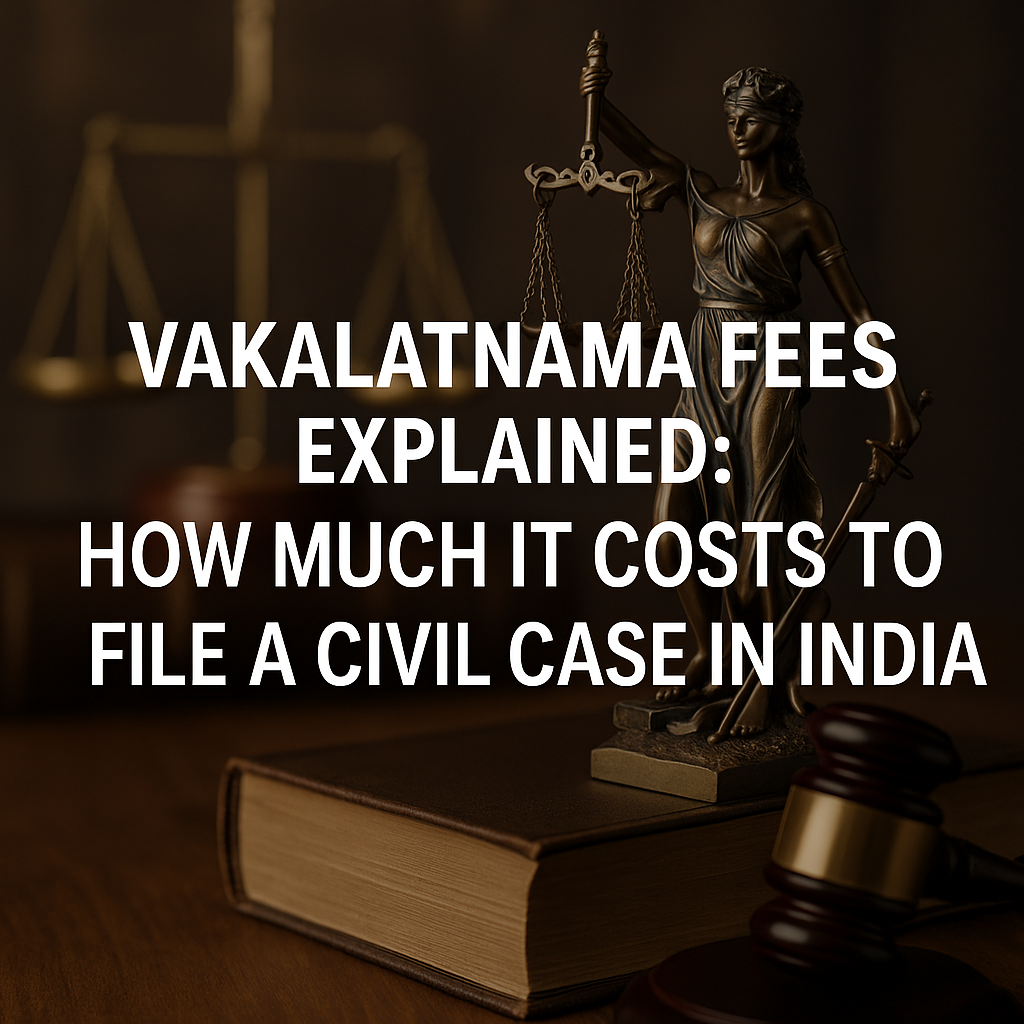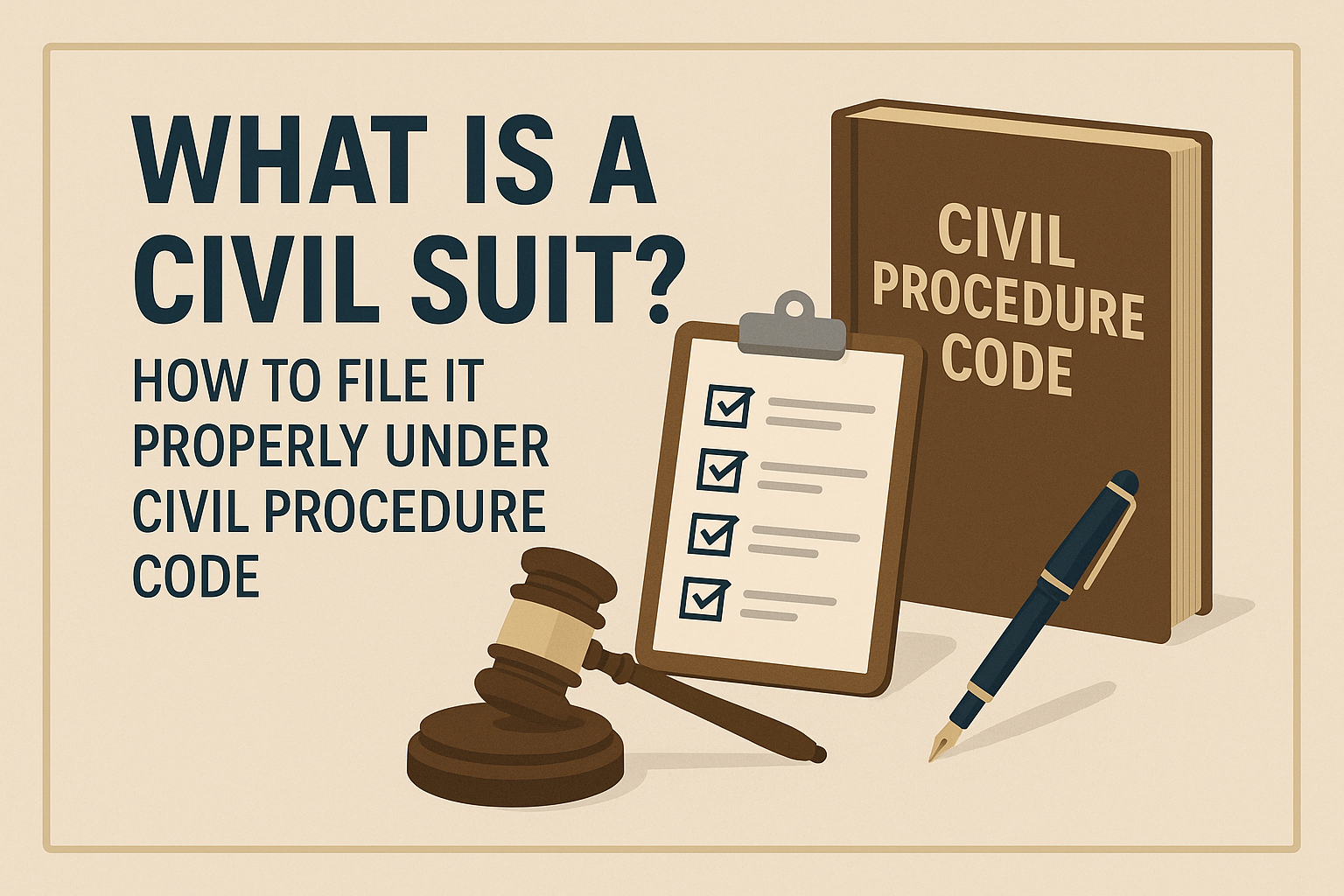Hello, I am Vivek Sharma, I welcome you. Provisions are given in my estamppaper.com blog. If we do not file the case according to those provisions, then our case gets dismissed at the admission stage immediately after registration. In today’s blog, we are going to tell you what is a civil case and what will be the step by step procedure for filing it. After filing a civil case, what will be the procedure for hearing it. For this, we have written a separate blog.
Friends, we regularly bring legal information for you through blogs in easy language and if you like the information given in the blog, then share the blog also.
The first thing that comes to mind is what is a civil case. Different civil rights have been mentioned in different laws and whenever any of our civil rights is violated, we also have the remedy of filing a civil case against that violation.
Suppose we enter into a contract with a person that he will supply us some material which is used in one of our ventures on a regular basis for two years, but that person stops supplying after supplying for a few months, due to which we suffer loss and have to face trouble, then we can file a civil suit against such person to ensure regular supply of that material and to compensate for the loss incurred by us.
Similarly, if we are the owner of a property, then as the owner of that property, we also have some rights and if any person obstructs us in using those rights, we can file a civil case against that person and stop him from causing such obstruction.
What are the types of civil rights or civil cases
There is no limit to this. In short, we can only say that any law which provides us civil rights, if that right is violated, then we can file a civil case for it. The provisions regarding how a civil case will be filed are given in the Civil Procedure Code 1908.
We have to present any civil case according to them. If a case is not presented according to the provisions of the Civil Procedure Code, then it is dismissed at the stage of admission itself. As we discussed earlier, to file a civil case, first of all we must have a civil right and that right must have been violated by someone.
The person who has such a right and who brings a claim on the violation of the right is called the plaintiff and the person who causes such violation is called the defendant. Before filing a civil case, first of all it is to be noted that which court our case is related to because the jurisdiction of every court varies according to the geographical location and the limit of money.
In order to file a case by the plaintiff, first a claim is prepared. This claim is also called a plaint. The plaint contains the full names and addresses of the plaintiff and the defendant. After that, it is mentioned under which provision of which act the claim is being brought. And in the plaint itself, the plaintiff’s story is briefly written, including what civil rights the plaintiff has and how they have been obstructed or violated by the defendant.
All these things have to be written. There is a limitation for the writ petition and any claim can be presented in the court only within that limitation. Suppose if you have lent money to someone and you want to file a claim for its recovery, then the claim for recovery can be presented within 3 years from the date of lending the money.
If the limitation period ends for any claim, then the court does not hear such a claim. After the date of the suit and the limitation period are written, the total assessment of the suit is also done by the plaintiff and according to the assessment of the suit, the plaintiff has to pay the court fee along with the suit. It is also necessary to write in the plaint that how the court has the right to hear the plaintiff’s case.
After writing all these things, it is written by the plaintiff that what relief the plaintiff expects from the court or what relief the plaintiff wants to get from the court and then finally the plaint is verified by the plaintiff. In this way, the plaint which is prepared has to be prepared in two copies and both the copies are original copies on both of which the plaintiff and his advocate have signed.
Along with the plaint, an affidavit of the plaintiff has to be prepared in support of the plaint and submitted along with it. Along with this, the registered addresses of the plaintiff and the defendant also have to be submitted in a separate format along with the plaint. After all these things, a Vakalatnama is prepared in the name of the lawyer chosen by the plaintiff for his case.

How Much It Costs to File a Civil Case in India
There is no fee for Vakalatnama, but a nominal fee of Advocate Welfare Fund is charged for Vakalatnama and this fee may vary from place to place. To file a civil case, all the documents on which the plaintiff relies or the documents with which the plaintiff wants to prove his claim will be collected and a list will be prepared for them.
The format of that list is also given in the Civil Procedure Code. After preparing the list in the same format, all the documents along with the list have to be presented with the plaint. Apart from all these materials, a notice or summons in the name of the defendant and the expenses incurred for serving that notice or summons are also paid by the plaintiff and a copy of the plaintiff is also presented along with the summons.
Which is handed over to the defendant along with the summons. Nowadays, it has been made mandatory to file every case through e-filing, so the format of e-filing is pasted on the top of the file and then that file is completed and presented before the court reader or registrar. After the file is presented, the court reader or registrar examines whether the file has been presented according to the provisions of the Civil Procedure Code or not.
If it is presented according to the provisions, then the case is registered and if it is not presented according to the provisions or any deficiency is found in it, then the plaintiff is given an opportunity to fulfil such deficiency. If the plaintiff fulfils the deficiency after getting that opportunity, then the file is registered and if even after getting the opportunity, the plaintiff does not fulfil the deficiency, then the case is dismissed at that stage itself. However, the case dismissed in this manner can be presented again.
I hope the information given in the blog will prove useful for you. Stay tuned for such useful legal information. See you in the next blog. Jai Hind!


